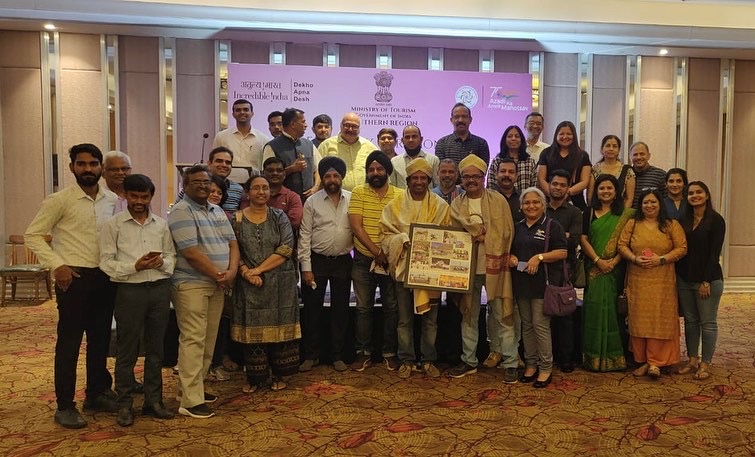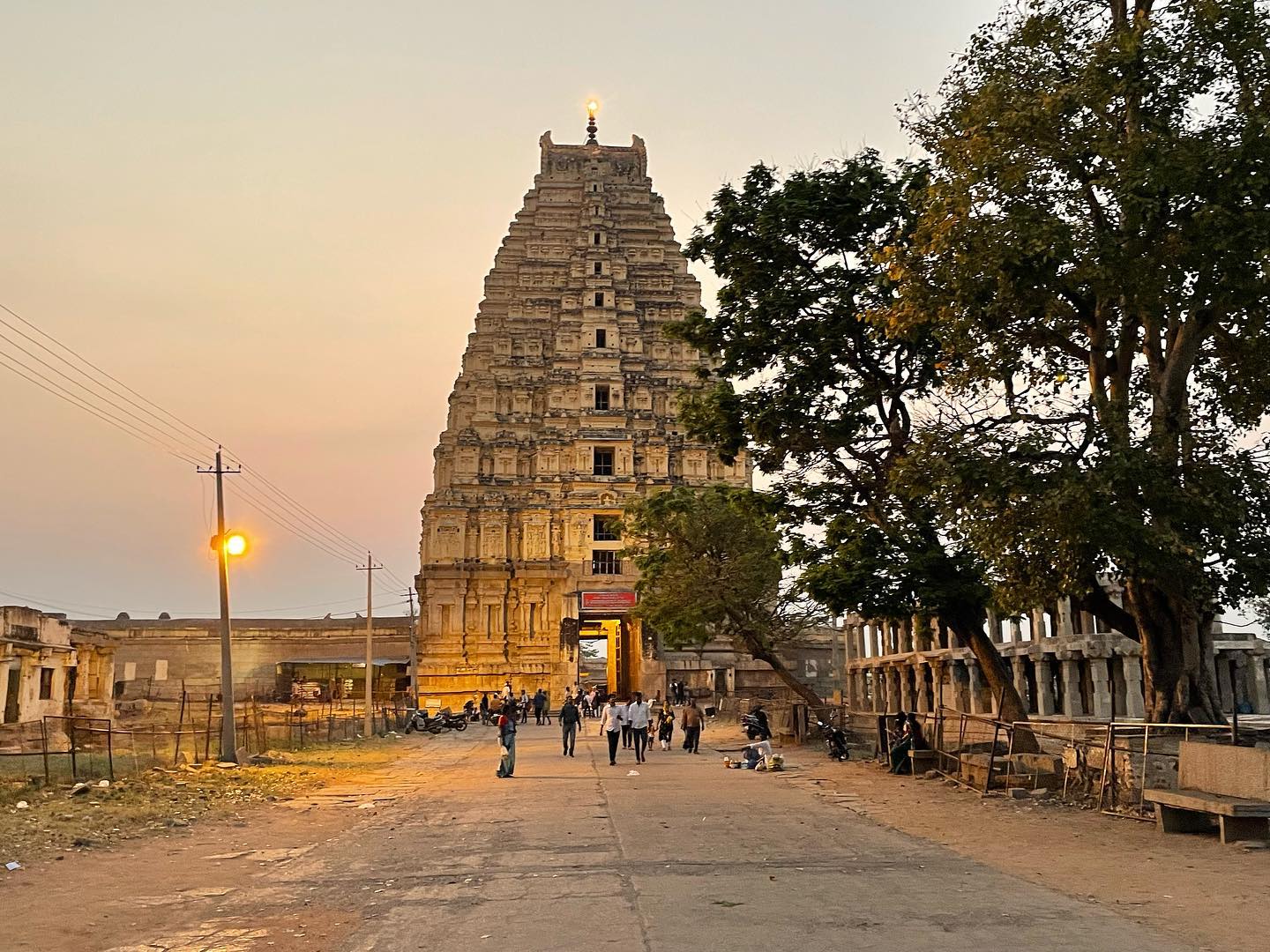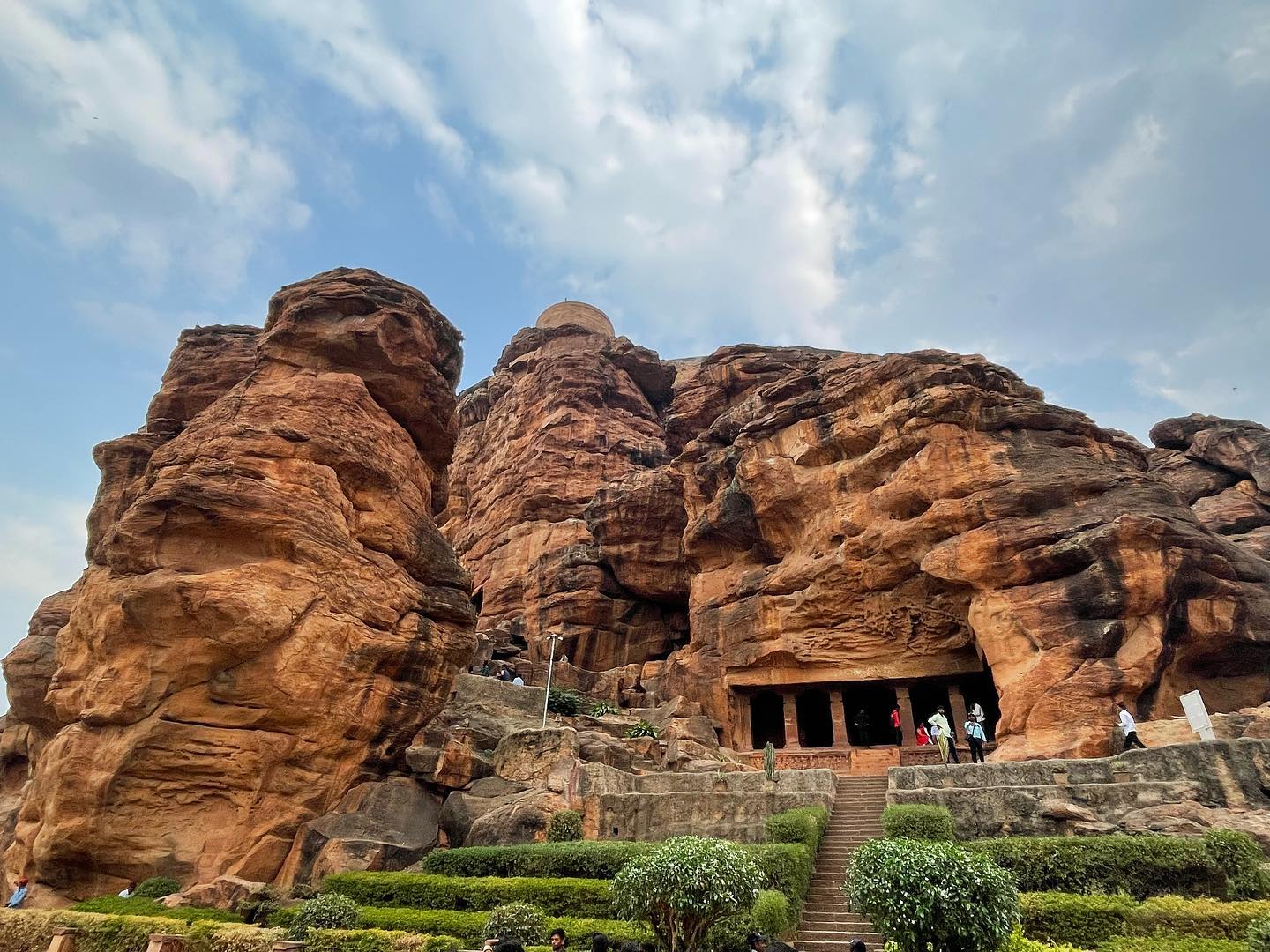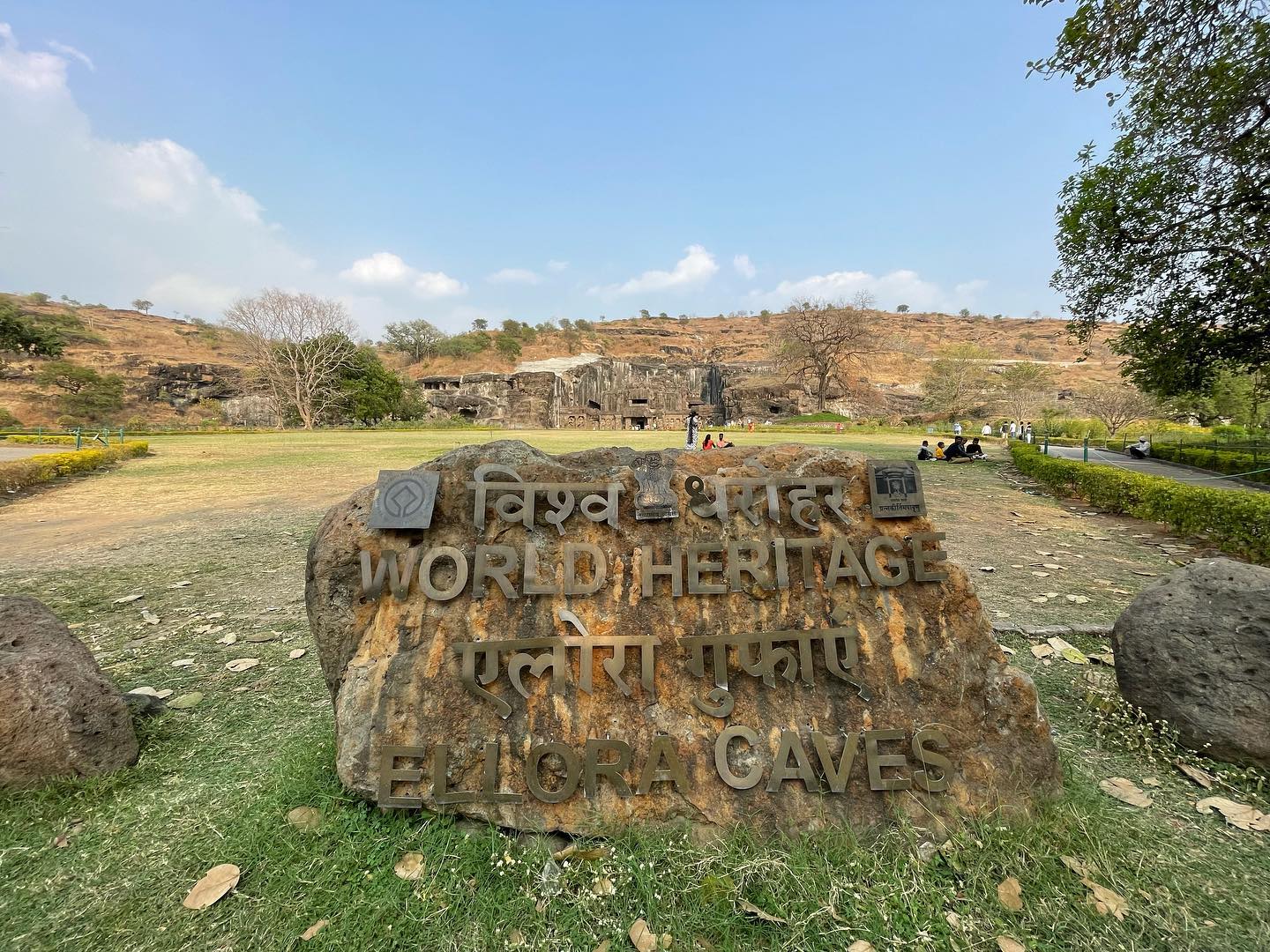23th November, 2021
Agra is a city on the banks of the Yamuna river in the Indian state of Uttar Pradesh, about 210 kilometres (130 mi) south of the national capital New Delhi and 335km west of the state capital Lucknow. The roads from Delhi to Agra and Lucknow to Agra are expressways and driving on these is a pleasure. Probably one of the best drives in the country.
Agra’s notable historical period began during Sikandar Lodi’s reign, but the golden age of the city began with the Mughals. Agra was the foremost city of the Indian subcontinent and the capital of the Mughal Empire under Mughal emperors Babur, Humayun, Akbar, Jahangir and Shah Jahan. Under Mughal rule, Agra became a centre for learning, arts, commerce, and religion, and saw the construction of the Agra Fort, Sikandra and Agra’s most prized monument, the Taj Mahal, built by Shah Jahan as a mausoleum for his favourite empress. With the decline of the Mughal empire in the late 18th century, the city fell successively first to Marathas and later to the East India Company. After Independence, Agra has developed into an industrial town, with a booming tourism industry, along with footwear, leather and other manufacturing. The Taj Mahal and the Agra Fort are UNESCO World Heritage Sites. Agra is included on the Golden Triangle tourist circuit, along with Delhi and Jaipur; and the Uttar Pradesh Heritage Arc, a tourist circuit of Uttar Pradesh, along with Lucknow and Varanasi.
The name Agra is explained by different derivations, all of which have low verifiability. The most accepted one is that it had its origin from the Hindi word agar meaning salt-pan, a name which was given to it because the soil in the region is brackish and salt used to be made here once by evaporation. Others derive it from Hindu History claiming that the Sanskrit word agra (अग्र) which means the first of the many groves and little forests where Krishna frolicked with the gopis of Vrindavan. The term Agravana hence means grove forest.
Agra was also known as Akbarabad in the Mughal era. The name was coined by the emperor Shah Jahan, in honour of his grandfather Akbar.
Agra has two histories: one of the ancient city on the east, or left, bank of the river Yamuna, going back so far as to be lost in the legends of Krishna and Mahabharata and reestablished by Sikandar Lodhi in 1504-1505; the other of the modern city, founded by Akbar in 1558, on the right bank of the river which is associated with the Mughals, and known throughout the world as the city of the Taj. Of ancient Agra little now remains except a few traces of the foundations.
Agra is one of the most popular tourist destinations in India. It is renowned for being home to one the Seven Wonders of the world, the Taj Mahal. It is as loved by Indians as it is by foreigners who throng here in large numbers to admire its beauty. Along with Delhi and Jaipur, Agra forms the Golden Triangle of tourism in India. Situated in Uttar Pradesh, Agra is synonymous with the Taj Mahal.however there’s lot more to the city than this world-famous monument. Right from the epic Mahabharata to the Mughal Dynasty, Agra has been monumental and has played a significant role in shaping India’s history. The city was first mentioned in Mahabharata as Agrevana which means the border of the forest. It was later established by Sikandar Lodi of the Lodi Dynasty in the sixteenth century who built many structures including forts, step wells, mosques, etc in Agra. He moved his capital from Delhi to Agra and after his death, his son ruled the city for nine years. Later, Sher Shah Suri ruled Agra and from 1556 to 1658 it was the capital of the Mughal Empire.
With so many prominent rulers having ruled the city, Agra is home to several important monuments including three UNESCO World Heritage Sites: the Taj Mahal, Agra Fort and Fatehpur Sikri.
Taj Mahal:
The very first thing every tourist who comes to Agra wants to do is see the beauty that is Taj Mahal. No matter how many times you’ve been here, it will leave you mesmerized with its intricate carvings and architecture. The Taj Mahal is certainly the main attraction that draws millions of tourists to Agra every year and rightly so. Called the epitome of love, it was constructed by Shah Jahan for his beloved wife Mumtaz Mahal whose tomb rests right under the central dome of the monument. It took 22 years and over 20,000 workers to construct this marvel. Shah Jahan spent his last years imprisoned in the Agra Fort gazing at his creation and after his death, his tomb was placed inside the Taj Mahal next to his wife. The white marble monument is an architectural marvel with fine detailing, on the south bank of the Yamuna River. Verses from the Holy Quran are inscribed on it, gemstones adorn its walls and the intricate inlay work adds a touch of magnificence to the structure. Another brilliant fact that makes it a masterpiece is its symmetry, which is why it looks the same from all four sides.
Agra Fort:
Another architectural jewel in this city is the Agra Fort, a UNESCO World Heritage Site. It was built by Mughal Emperor Akbar with the help of 4,000 workers who worked for eight years to finish its construction in 1573. Agra Fort is made of red sandstone and was the seat of the Mughal Empire. Some of the major attractions in Agra Fort that will leave you mesmerized are structures like the Sheesh Mahal, Moti Mahal, Jehangir’s Palace and Khas Mahal. The fort has four large gate of which the Delhi Gate was used for the king’s formal entry. Diwan-i-Khas and Diwan-i-Aam were reserved for royal audience and the public respectively.
Agra Fort has been prominent during the Mughal reign. Even though Akbar built it, during the rule of Shah Jahan, he renovated it by adding marble work and converting the raw red sandstone structure to a palace. Years later, his son Aurangzeb imprisoned him in the same fort at Mussaman Burj. Do pay a visit to this part of the fort as it offers one of the best views of the Taj Mahal. Despite these changes, Agra Fort is an epitome of Mughal architecture at its best and shouldn’t be missed.
Fatehpur Sikri:
One of Emperor Akbar’s pet projects was building a walled city a little away from Agra. He called it Fatehpur Sikri and even ruled here for sometime before he was forced to move out due to shortage of water supply. Nevertheless, the surviving monuments tell a tale of his valour and great work. Fateh in Persian signifies victory. The city survived and three of its walled sides are still intact. Akbar paid keen interest in its architecture and layout and it took about 15 years to plan and build it completely. Once ready, it had palaces, harems, buildings, courts and a mosque. But one of the best architectural wonders of Fatehpur Sikri is the BulandDarwaza, a grand gateway to the walled city. Made of red sandstone, there are 52 steps that lead up to its 175 ft high archway that has two inscriptions. Akbar’s favorite minister Birbal too has a monument in Fatehpur Sikri called Birbal’s house. Since he was a Hindu, the architecture is different than the usual Mughal buildings. A Persian inscription on eastern archway of the BulandDarwaza records Akbar’s conquest of Uttar Pradesh and the victory in Gujarat in 1573. An inscription on the central face of the BulandDarwaza describes Akbar’s religious openness.
It also has the tomb of Saint Salim Chisti whom Akbar held in high regard. Chishti’s tomb was originally built with red sandstone but later converted into a beautiful marble mausoleum. It is believed that, by offering prayers at this mazar, whatever one wishes will be fulfilled. There is also a ritual of tying a thread at the marble windows of this Dargah to have one’s wishes be fulfilled.
Akbar’s Tomb:
Akbar the Great built some majestic monuments in his lifetime and one of them was his tomb itself. The task of commissioning your own tomb is part of Turkic custom that Mughals adhered to. He even selected the site where he wanted to be kept. His last resting place, Sikandra is where Akbar’s Tomb is. His son Jehangir completed the construction of his father’s tomb in 1613 and it was beautifully carved, made of red sandstone. Just 1 km away from Akbar’s Tomb is Mariam’s Tomb, who was Akbar’s wife and Jehangir’s mother. The monument is open for visitors on all days of the week from 6 am to 6 pm. The entry fee for Indians is Rs 15 and for foreigners it is Rs 110.
Apart from the Taj Mahal and the sweet dish petha, if there is any other thing which makes Agra top the chart is its footwear industry. Today, Agra is the largest manufacturer of shoes in the country and is the second largest exporter in the world after China.
















